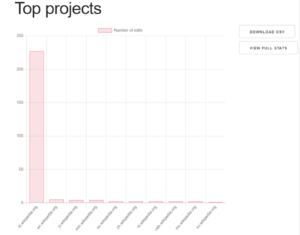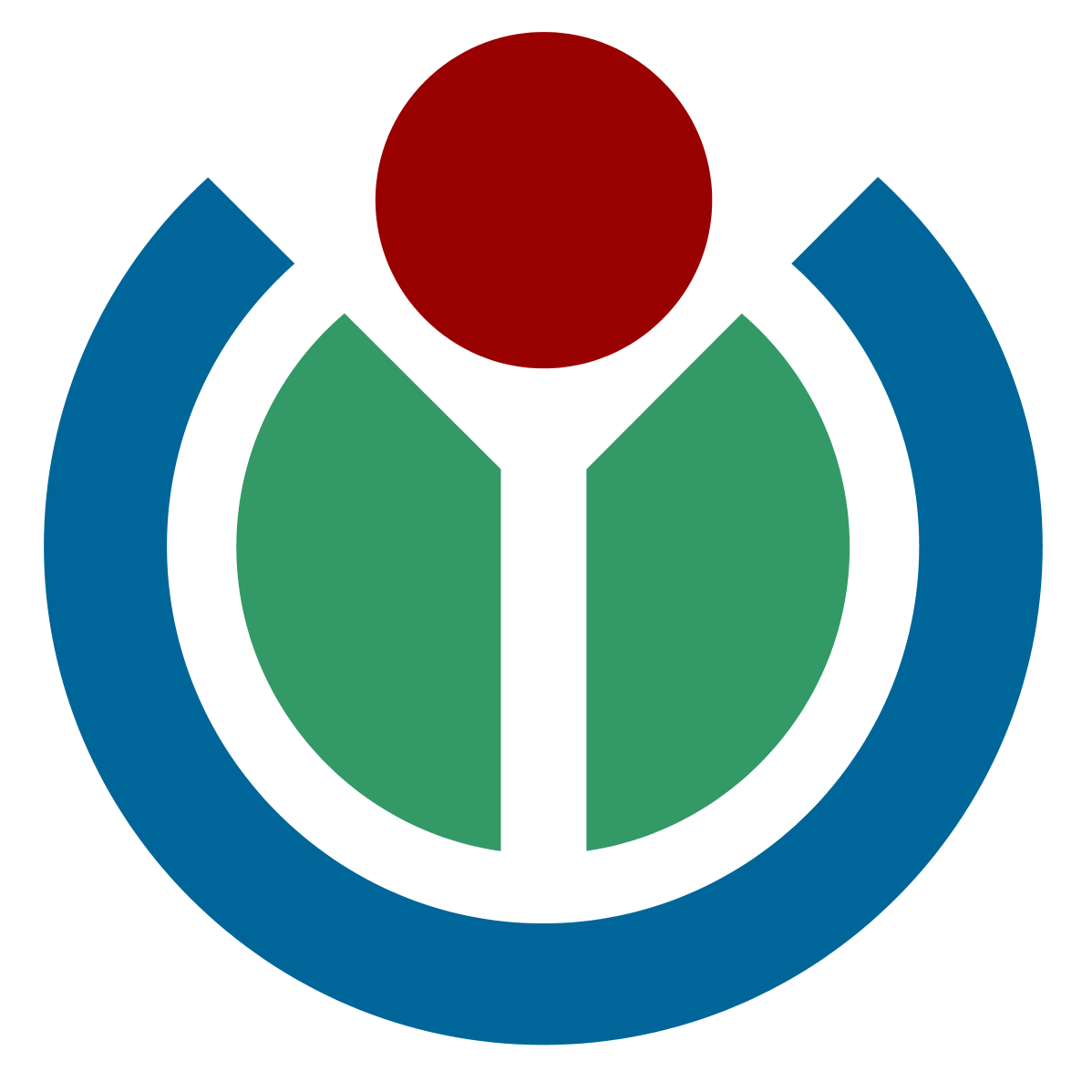by Rachmat W. & Hardiansyah
Wikimedia Indonesia, through GLAM Indonesia, has completed a series of activities which is called “WikiSejarah” or WikiHistory in English. WikiSejarah is an online activity that aims to open digital collections on Indonesian themes into the Wikimedia project. The initiative was started by Wikimedia Nederland inviting Wikimedia Indonesia to participate in History Month.
The activities lasted for four months, from August to the end of November 2020. During this period, we carried out four sub-activities: (1) requesting the access to photos of Bukittinggi, Batavia, and Yogyakarta from Leiden University, (2) structured data marathon on Wikimedia Commons, (3) writing new articles competition on the Indonesian Wikipedia about Indonesian history (of course!), and (4) a WPWP campaign which invites Wikimedian to put the selected historical photos into the articles.
 Nationaal Museum van Wereldculturen | CC BY-SA 4.0
Nationaal Museum van Wereldculturen | CC BY-SA 4.0
Since these activities require assistance from the GLAM institutions to open the access to the collections. Several institutions from the Netherlands are participating in it. For example, the Leiden University Library via the Royal Netherlands Academy of Arts and Sciences has opened 141 photographs of past Bukittinggi (Fort de Kock), Batavia and Yogyakarta. The photos were taken from the 1850s to the 1920s. The Nationaal Museum van Wereldculturen (National Museum of World Cultures) also opened access to 377 of its photos, most of which are photographs of Indonesia’s post-independence . Not only that, the Netherlands Institute for Sound and Vision and Kennisland, through the Open Images project, released videos of Japanese propaganda. The videos are already in the public domain, so anyone can use them without asking permission.
For those who love historical photos, this is your chance to use photos and videos from these institutions. Some of them are released under Creative Commons license (how do you use the media released under this license?), And the rest are already in the public domain.
Then, what’s the next step? Is this effort enough?
Certainly not. The collections that the GLAM institutions have opened to Wikimedia Commons should be used in the Wikimedia project to increase its usefulness.
To achieve this, we conducted a structured data marathon on Wikimedia Commons. This activity only focused on adding captions and attributes to Wikidata P180 into the photographs of the Nationaal Museum van Wereldculturen. The process of adding this data used a tool called ISA. In the process, more than 10 contributors participated and added captions in 17 languages. The total registered contribution of participants for a month was 12,244.
We also held a new articles competition on the Indonesian Wikipedia “Indonesian History Month 2.0”. The first version of the Indonesian History Month was held in 2017. There was six participants participated in it, and produced 27 articles on Indonesian history, from Sumatra to Sulawesi.

The Indonesian Wikipedia was the main target of the #WikiSistoric WPWP Campaign participants in adding photos to the articles.
Finally, our #WikiSejarah WPWP Campaign is held by borrowing the name from the same activity on the Meta-Wiki. The aim of this activity is to add free media from Wikimedia Commons into related articles in other Wikimedia projects, such as Wikipedia. Simple, but quite challenging. Participants were asked to be careful and pay attention in adding selected photos so that they do not reduce the quality of the articles on the destination Wikimedia project. Over 20 days, six participants participated and edited 195 pages across all Wikimedia projects. Three of them received gifts from Wikimedia Indonesia.
This is the story behind the implementation of WikiSejarah. From the activities, we are increasingly aware that the efforts of GLAM institutions to open access to open projects, such as Wikimedia Commons, will not be in vain. With the good cooperation of various partners and GLAM institutions, and the support of great volunteers, the collection will continue to be useful for open knowledge in the future. Our children and grandchildren will know that their father, mother, brother, have participated in open knowledge.
How about you?

